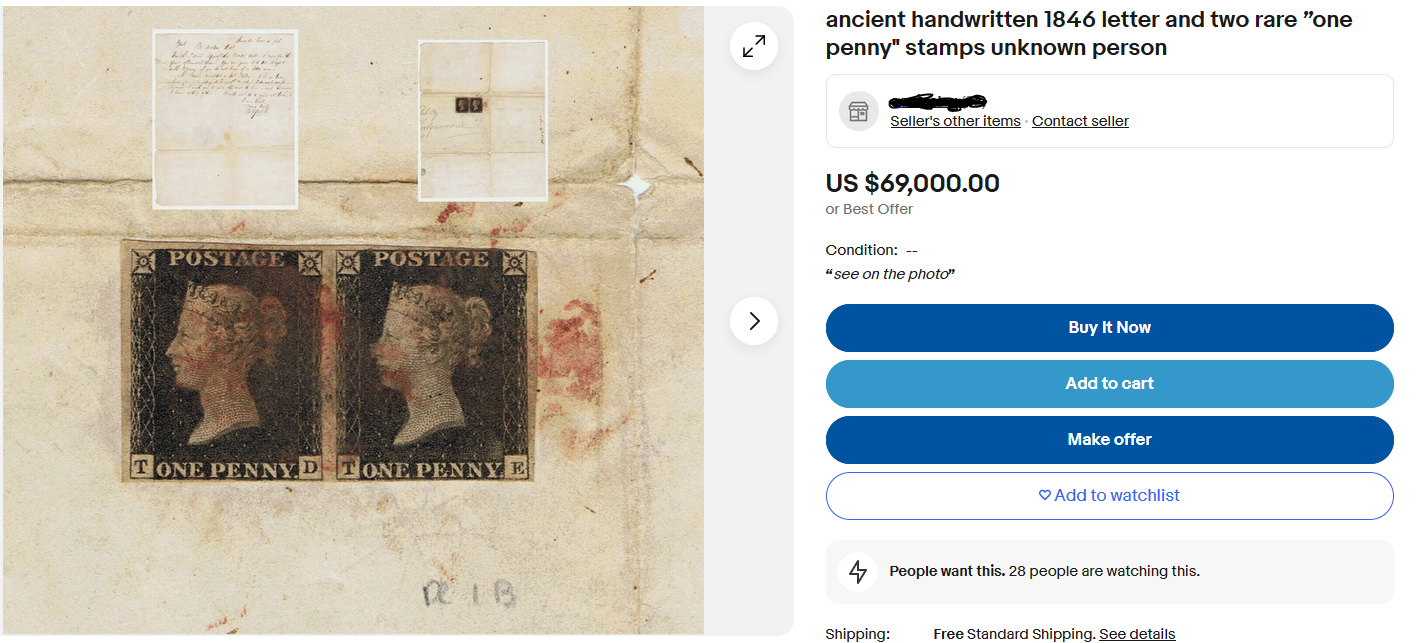The Penny Black: The World's First Postage Stamp
The Penny Black holds a special place in history as the world's first adhesive postage stamp used in a public postal system. Issued in the United Kingdom in 1840, it revolutionized the postal service and laid the groundwork for modern global communication.
Before the Penny Black, postal systems were cumbersome and inefficient. The cost of sending mail was based on the distance and number of sheets of paper, paid by the recipient, not the sender. This system was both inconvenient and prone to abuse.
Birth of the Penny Black
The concept of the Penny Black emerged from the need to streamline the postal service. Sir Rowland Hill, a British teacher and social reformer, proposed the idea of a uniform postage rate in his 1837 pamphlet, "Post Office Reform: Its Importance and Practicability." He suggested a pre-paid, flat-rate postage system, a radical idea at the time.
Design and features
Design: The stamp features a profile of Queen Victoria, based on a sketch by Henry Corbould and an engraving by Charles Heath. The choice of a young Queen Victoria, who ascended to the throne just three years prior, symbolized a new era in British history.
Size and Color: The Penny Black is small, measuring 20mm by 24mm, printed in black ink.
Perforations: Interestingly, the Penny Black had no perforations and had to be cut with scissors. Perforated stamps came later.
Inscriptions: It includes the inscription "Postage" and "One Penny."
Significance in postal history
The issuance of the Penny Black marked a significant shift in postal services:
Uniformity: It introduced a uniform rate of one penny for up to half an ounce, irrespective of distance.
Prepayment: It shifted the cost from the recipient to the sender, indicated by the adhesive stamp.
Accessibility: The Penny Black made postal services more accessible to the general public, fostering communication.
Impact on global communication
The introduction of the Penny Black had far-reaching effects:
Global Adoption: Countries worldwide soon adopted the concept of adhesive postage stamps.
Literacy and Communication: It played a role in increasing literacy and promoting regular communication among people.
Economic and Social Impact: The stamp facilitated trade and commerce, and was a catalyst for social change.
Legacy and collectible status
Today, the Penny Black remains a treasured item for philatelists (stamp collectors). Its legacy goes beyond just being a collectible, symbolizing a pivotal moment in the evolution of global communication.
This is not a doctored photo
The Penny Black is not just a piece of postage; it represents a significant innovation in communication. Its introduction marked the beginning of a new era in postal history, transforming how the world communicates.
Sources
"The Penny Black" by Stanley Gibbons.
"Sir Rowland Hill and the Development of Postage Stamps" by the British Postal Museum & Archive.
"The Invention of the Postage Stamp: The Penny Black" by the Royal Philatelic Society.



